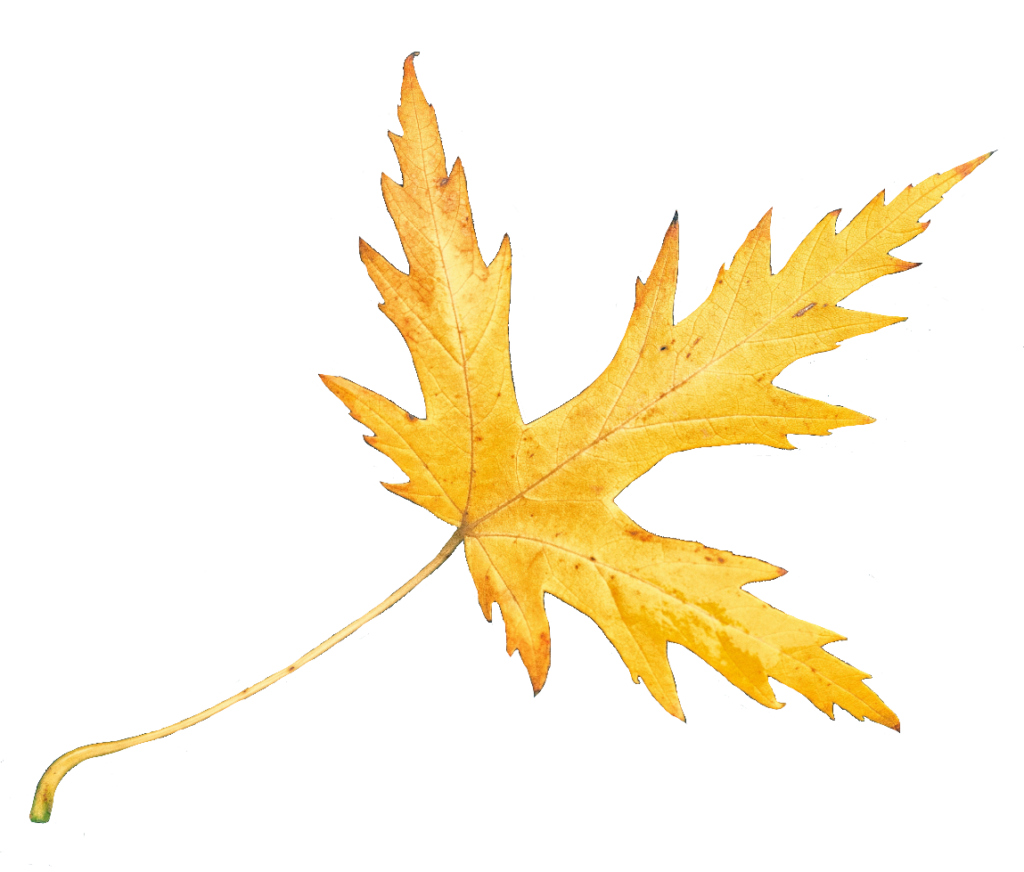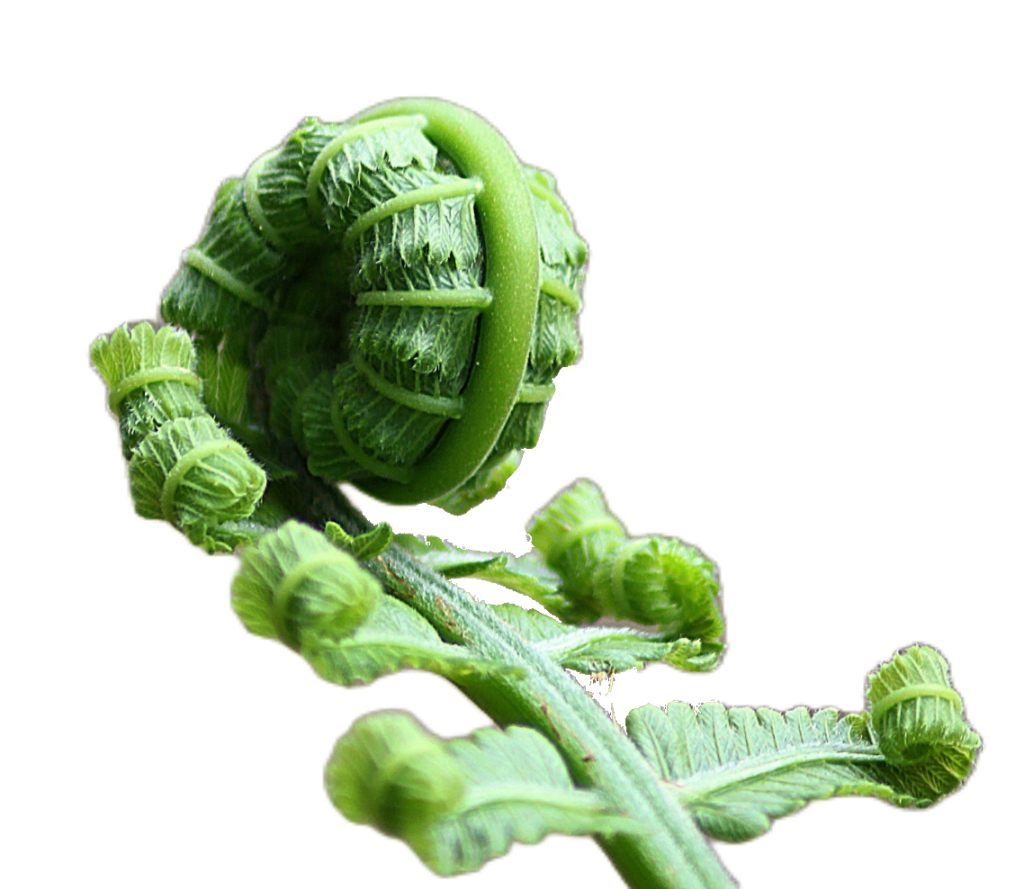This gallery shows 31+ high-quality and Best-resolution Leaf PNG Images, Vectors, Stickers, logos, Icons, and Clipart Pictures with transparent backgrounds.
Related Topics: Tree PNG | Bushes PNG | Flower PNG
Free download all the leaves PNG images for graphic design, projects, presentations, web design, editing, and other works.
Leaf PNG images for free download:

































Leaves, often overlooked in their simplicity, play a crucial role in the grand tapestry of nature. Found on trees, bushes, and various plants, leaves are not just green embellishments but intricate structures that contribute to the balance and beauty of our ecosystem.
Leaves are the primary organs of photosynthesis, the process by which plants convert sunlight into energy. Their flat, thin structures provide a large surface area to capture sunlight and contain chlorophyll, the pigment responsible for absorbing light energy. Through photosynthesis, leaves produce oxygen and glucose, sustaining plant life and contributing to the oxygen we breathe.
Beyond photosynthesis, leaves are also involved in transpiration, where water is absorbed through roots and released into the atmosphere through tiny pores called stomata. This regulates the plant’s water balance and influences the overall climate by affecting humidity levels.
Leaves exhibit a remarkable array of adaptations to thrive in diverse environments. For instance, in arid regions, some plants have evolved modified leaves with reduced surface area to minimize water loss through transpiration. These adaptations showcase the resilience and versatility of leaves in the face of varying ecological challenges.
The diversity of leaf shapes and colors is astounding. Each form serves a purpose, from the needle-like leaves of coniferous trees to the broad, fan-shaped leaves of tropical plants. Some leaves are adapted for efficient water runoff during heavy rainfall, while others are designed to trap rainwater for the plant’s use during dry spells.
Colors, too, play a vital role. While chlorophyll gives leaves their green hue, other pigments, such as carotenoids and anthocyanins, contribute to the spectrum of colors we see in autumn. This vibrant display is not just a visual treat but also indicates the onset of winter and the preparation for a dormant period.
Leaves are essential for maintaining the delicate balance of ecosystems. They provide food and shelter for numerous organisms, from insects to birds, forming the base of the food chain. The decomposition of fallen leaves contributes to nutrient cycling in the soil, supporting the growth of new plants.
Furthermore, leaves play a crucial role in carbon sequestration. Through photosynthesis, they absorb carbon dioxide, a greenhouse gas, mitigating the impacts of climate change. With their vast canopy of leaves, forests act as carbon sinks, helping regulate the Earth’s climate.







Leave a Comment